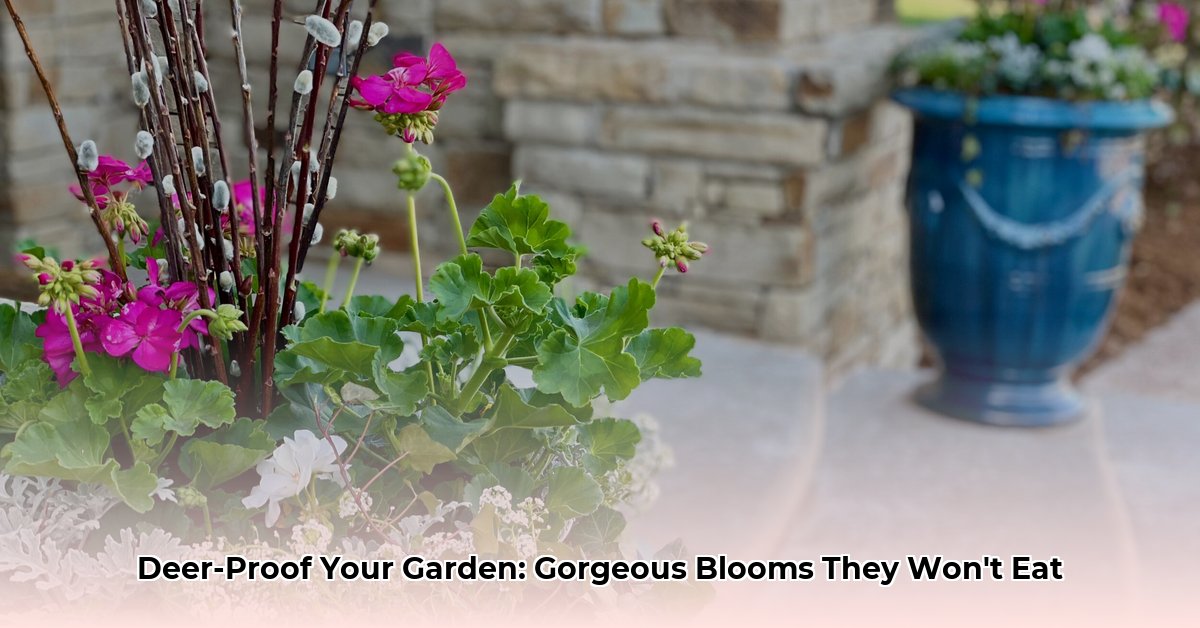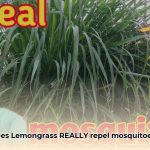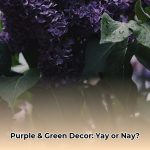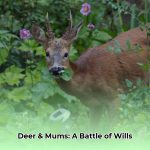Deer can be a gardener’s worst nightmare, treating carefully cultivated flowerbeds like an all-you-can-eat buffet. But don’t despair! With a bit of planning and the right plants, you can create a vibrant garden that deer are more likely to bypass. This guide provides a comprehensive list of deer-resistant annuals and practical advice to help you cultivate a thriving, deer-deterred oasis.
Outsmarting Bambi: Choosing the Right Annuals
Deer are browsers with preferences shaped by texture, scent, and taste. While no plant is entirely “deer-proof,” (a hungry deer will eat almost anything!), some are considerably less appealing. Selecting these deer-resistant varieties is the first step in protecting your garden. Factors influencing deer resistance are complex and may include:
- Texture: Fuzzy, prickly, or tough leaves are often less palatable.
- Scent: Strong fragrances, whether pleasant or pungent to us, can deter deer.
- Taste: Bitter or otherwise unappealing flavors can discourage browsing.
- Toxicity: Some plants contain compounds that are toxic to deer. However, these may also be toxic to pets and children, so caution is advised.
Deer-Resistant Annual All-Stars
This sortable table showcases a variety of annuals known for their deer-resistance, with links to more detailed information below.
| Plant Name | Scientific Name | USDA Zones | Flower Color(s) | Light Needs | Soil Needs | Mature Size | Toxicity | Bloom Period |
|---|---|---|---|---|---|---|---|---|
| Sweet Alyssum | Lobularia maritima | 5-9 | White, pink, purple | Full/Partial Sun | Moist, well-drained | 3-10″ tall, 2-4″ wide | No | Spring, Fall |
| Cornflower | Centaurea cyanus | 2-11 | Blue, purple, pink, white, red | Full Sun | Moist, well-drained | 12-48″ tall, 10-12″ wide | No | Mid-summer to Fall |
| California Poppy | Eschscholzia californica | 6-10 | Orange, yellow, red, pink, white | Full Sun | Sandy, well-drained | 12-18″ tall & wide | No | Late spring to early summer |
| Annual Vinca | Catharanthus roseus | 9-11 | White, pink, mauve, red | Full/Part Sun | Sandy loam | 6-18″ tall, similar spread | Yes | Early summer to Fall |
| Calendula | Calendula officinalis | 2-11 | Yellow, orange, red, white, pink | Full/Partial Sun | Well-drained | 1-2 ft. tall & wide | No | 6-8 weeks after sowing |
| Snapdragon | Antirrhinum majus | 7-11 | White, yellow, pink, red, orange, purple | Full/Partial Sun | Moist, well-draining | 6-48″ tall, 6-12″ wide | No | Spring to Fall |
| Spider Flower | Cleome hassleriana | Annual (Perennial 10-11) | White, pink, lavender, rose | Full Sun | Average, well-drained | 1.5-5 ft. tall, 1-2ft wide | No | Summer |
| Starflower | Borago officinalis | 2-11 | Blue | Full/Partial Sun | Well-drained | 1-3 ft. tall, 9-18″ wide | Yes | Summer |
| Dill | Anethum graveolens | 2-11 | Yellow | Full Sun | Rich, well-drained | 3-5 ft. tall, 2-3 ft. wide | No | Late summer to early fall |
| Marigold | Tagetes spp. | 2-11 | Yellow, orange, white, red, gold, bicolor | Full Sun | Evenly moist, well-drained | 4-48″ tall, 6-24″ wide | No | Long bloom period |
| Lantana | Lantana camara | 7-11 (Perennial in warmer zones) | Mix of red, orange, yellow, blue, white, pink | Full Sun | Well-drained | 6 ft. tall & wide | Yes | Year-round (mild climates) |
| Nasturtium | Tropaeolum majus | 4-11 (Annual in cooler zones) | Various | Full Sun | Average, well-drained | 1-2 ft. long | No | Summer/Fall |
| Cosmos | Cosmos bipinnatus | 2-11 | Varied | Full Sun | Well-drained | 1 – 7 ft. tall | No | Summer/Fall |
| Zinnia | Zinnia elegans | 2-11 | Varied | Full Sun | Well-drained | 1 – 4 ft. tall | No | Summer/Fall |
| Salvia (Annual varieties) | Salvia splendens, Salvia farinacea | Varies (often grown as annuals) | Varied | Full Sun / Part Shade | Well-drained | 1-3 ft tall | Generally No (some species may be mildly toxic) | Summer/Fall |
Sweet Alyssum
( Lobularia maritima ) A low-growing, spreading annual with a delicate honey-like fragrance that deer tend to avoid. It thrives in full sun to part shade and prefers moist, well-drained soil. Though generally considered non-toxic, it’s best to supervise pets and children around any garden plants.
Cornflower
( Centaurea cyanus ) These cheerful blooms add a splash of vibrant color and are generally not a deer favorite. Cornflowers prefer full sun and moist, well-drained soil. Consider planting them near other fragrant herbs as a companion planting strategy to enhance deer deterrence.
California Poppy
( Eschscholzia californica ) Known for their brilliant orange hues, these natives are surprisingly drought-tolerant once established and less likely to be bothered by deer. They require full sun and prefer sandy, well-drained soil.
Annual Vinca
( Catharanthus roseus ) These resilient annuals tolerate heat and drought, exhibiting vibrant colors throughout the season. While deer usually pass them by, they are toxic if ingested, so plant with caution in households with pets or small children. Annual Vinca flourishes in full sun or part shade and likes sandy loam-type soils.
Calendula
( Calendula officinalis ) These cheerful, daisy-like flowers provide a bright pop of color and are also known for their medicinal properties. Deer typically avoid them, possibly due to their slightly bitter taste and strong scent. Calendula grows best in full or part sun and well-drained soil.
Snapdragon
( Antirrhinum majus ) Snapdragons come in a wide array of colors and heights, adding a touch of whimsy to any garden. Their unique flower shape and somewhat bitter taste may deter deer, while their vibrant colors attract pollinators. They prefer full or part sun and moist, well-draining soil.
Spider Flower
( Cleome hassleriana ) Their airy, spidery blooms and sometimes prickly foliage make them less attractive to deer. Spider flowers thrive in full sun and well-drained soil. Some gardeners believe their unique scent also contributes to their deer-resistance.
Starflower
( Borago officinalis ) The star-shaped blue flowers of borage are edible and attract beneficial insects, but deer usually steer clear, perhaps because of the plant’s slightly prickly texture. Starflower prefers full sun and well-drained soil. All parts of the plant, except the flowers, contain small amounts of pyrrolizidine alkaloids, which can be toxic to the liver in large quantities. Therefore, starflower is often listed as mildly toxic, and precautions should be taken with pets and children.
Dill
( Anethum graveolens ) This culinary herb adds a feathery texture and aromatic scent to the garden. While we appreciate its flavor, deer often avoid it. Dill thrives in full sun and rich, well-drained soil. Planting dill can also be beneficial for attracting beneficial insects to your garden.
Marigolds
( Tagetes spp. ) Known for their pungent aroma, marigolds are a classic choice for deer deterrence. Their bright colors add a cheerful touch to the garden while effectively repelling deer. Marigolds prefer full sun and evenly moist, well-drained soil.
Lantana
( Lantana camara ) With their vibrant clusters of flowers and strong fragrance, lantanas are known to deter deer while attracting butterflies and hummingbirds. They thrive in full sun and well-drained soil. Some lantana varieties are perennial in warmer climates, but they’re often grown as annuals in cooler zones. Lantana berries are toxic and should not be ingested.
Nasturtium
( Tropaeolum majus ) Both the flowers and leaves of nasturtiums have a peppery, slightly spicy flavor that deer tend to avoid. These versatile plants can be used in salads and as garnishes, adding a unique flavor dimension to your dishes. Nasturtiums thrive in full sun and average, well-drained soil.
Cosmos
( Cosmos bipinnatus ) With their delicate, feathery foliage and wide array of colors, cosmos add a touch of whimsy to any garden. Deer generally avoid them, possibly due to their texture and fine leaves. They prefer full sun and well-drained soil.
Zinnia
( Zinnia elegans ) Zinnias are a favorite among gardeners for their vibrant colors and long bloom times. They are also relatively deer-resistant, though not entirely immune to browsing. Some theories suggest their rough texture may be a factor. Zinnias thrive in full sun and well-drained soil.
Salvia
( Salvia splendens, Salvia farinacea ) Many salvia species are considered deer-resistant, likely due to their strong aroma and slightly bitter taste. Their vibrant blooms add a touch of elegance to the garden while attracting pollinators. They thrive in full sun and well-drained soil. Note: some Salvia species may have mild toxicity, so research specific varieties before planting.
Sun & Shade: Placing Your Plants
Consider each plant’s individual light needs when designing your garden layout. Some thrive in full sun, while others tolerate or even prefer shade. A well-planned layout will maximize both beauty and deer-resistance.
Designing with Color
Deer-resistant annuals come in a wide range of colors, offering endless design possibilities. Consider monochromatic schemes, complementary color pairings, or vibrant rainbow displays to create the garden of your dreams.
Additional Deer Deterrents
While planting deer-resistant annuals is an excellent strategy, additional measures can further fortify your garden.
- Fencing: A tall fence, usually 8 feet at minimum, is the most effective physical barrier.
- Repellents: Commercial deer repellents can deter browsing but may require frequent reapplication.
- Motion-activated sprinklers: These startle deer with a sudden burst of water.
- Companion planting: Some strongly scented herbs may confuse deer and mask the scents of more desirable plants. Examples include:
- Rosemary
- Sage
- Mint
- Chives
- Lavender
- Garlic
Regional Considerations & Toxicity
Deer browsing preferences can vary by region. Contact your local agricultural extension office or garden center for specific recommendations.
Important: Some deer-resistant plants can be toxic to pets and humans. Always research a plant’s toxicity before planting and take necessary precautions. This includes proper placement and supervision of children and pets.
Conclusion
Creating a beautiful, deer-resistant garden is achievable with the right plants and strategies. By understanding deer behavior and selecting annuals they are less likely to eat, you can enjoy a vibrant and thriving garden all season long. Remember that continual learning, experimentation, and adaptation are key to long-term gardening success. Happy Gardening!
- Dora the Explorer Wipe-Off Fun: Safe & Mess-Free Activities for Little Explorers - April 18, 2025
- Does Lemongrass Repel Mosquitoes? Fact vs. Fiction + How to Use It - April 18, 2025
- Do Woodchucks Climb Trees?Fact vs. Fiction - April 18, 2025










